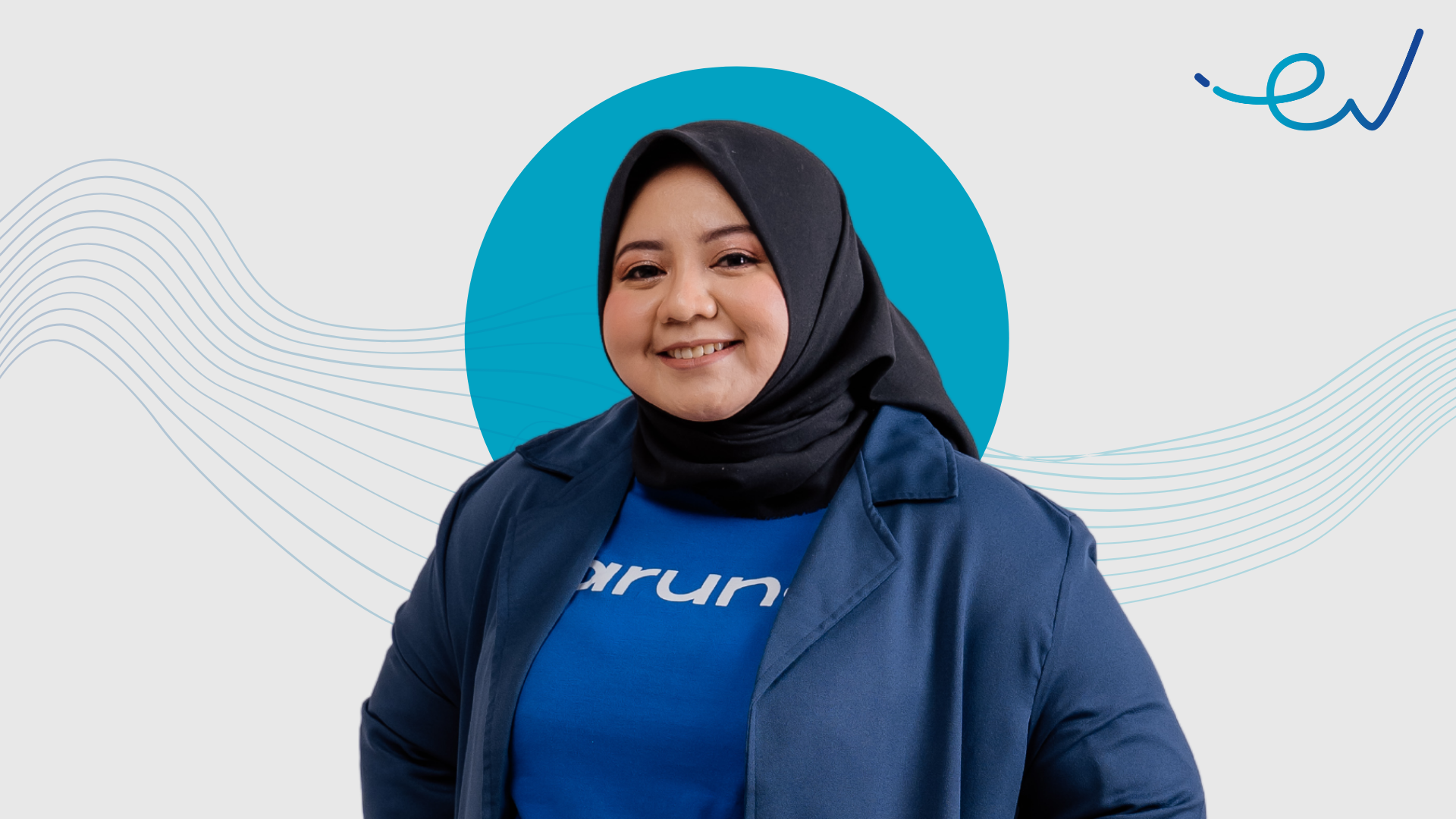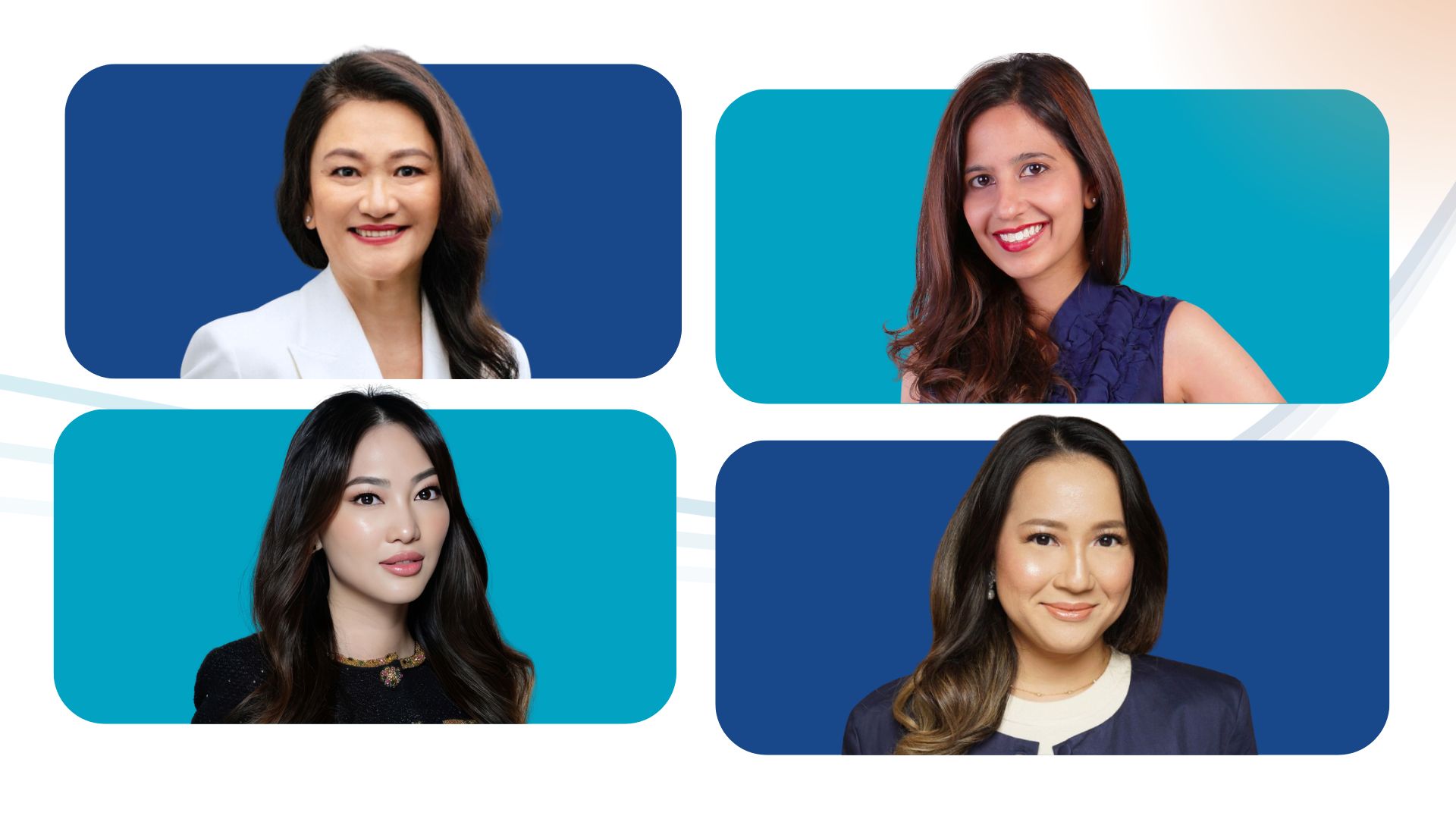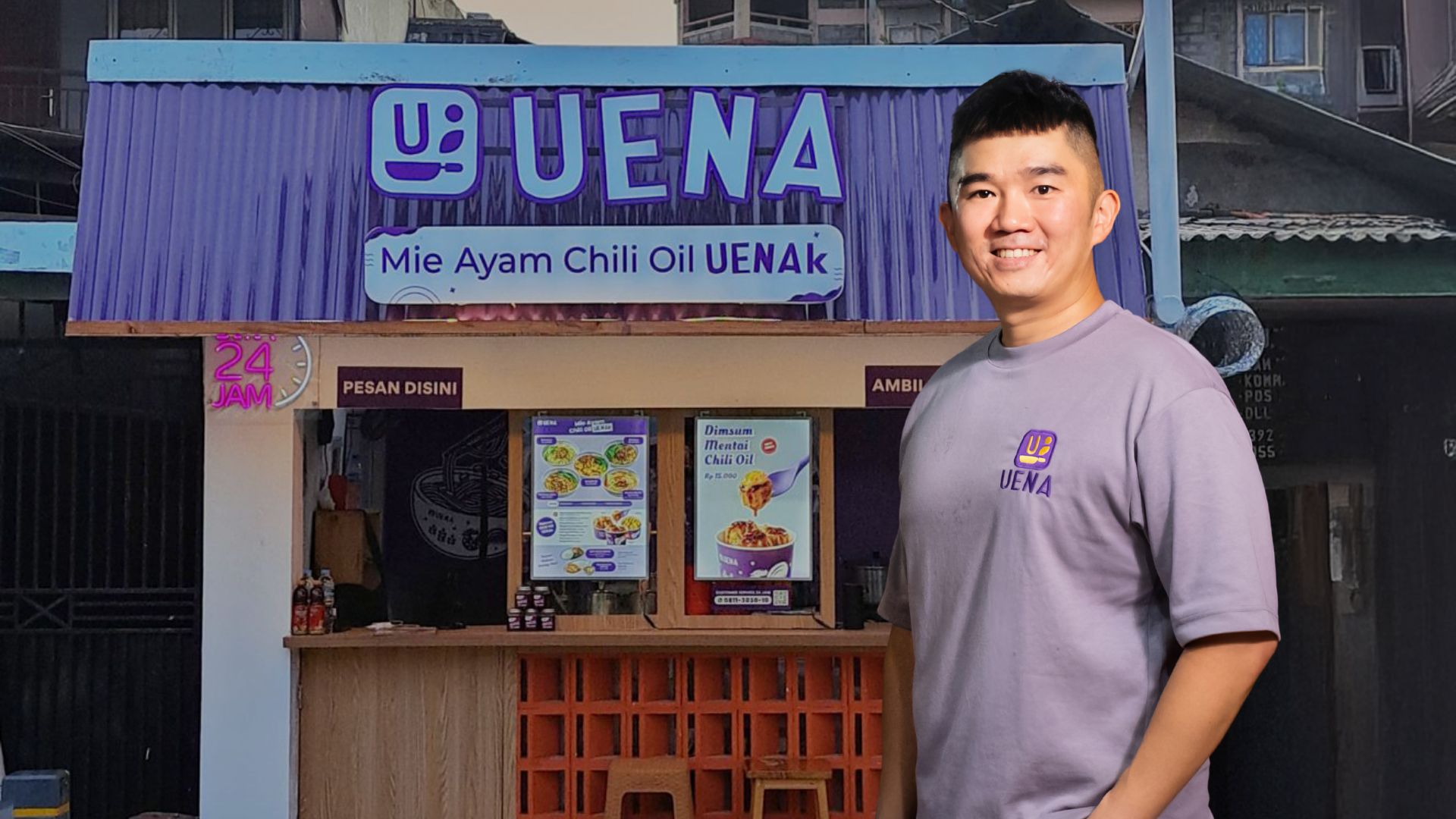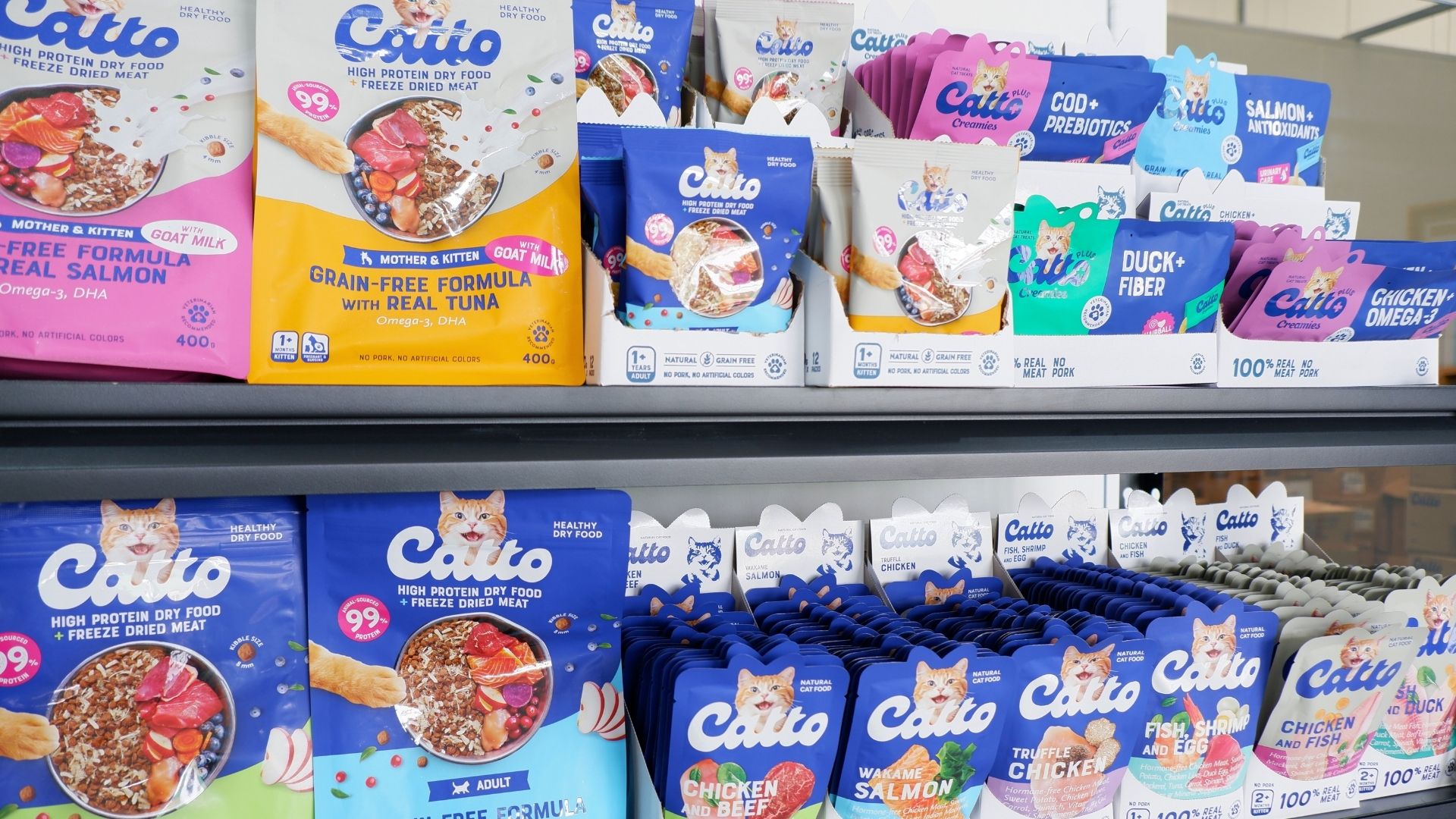From the perspective of Utari Octavianty, Chief Sustainability Officer (CSO) of Aruna
While many sectors were hit hard during the pandemic, fishery showed a positive trend. What sort of transformations occurred in Aruna?
When the pandemic hit, we first sorted out the logistical issues since 80% of Aruna business revolves around exporting commodities. We used to face grave difficulties in overseas shipping that led us to launch our products in the domestic market in March. Necessary adjustments were conducted to suit the market during the pandemic. We saw an increasing demand for animal protein consumption, including fish and seafood produce.
Another challenge comes from delivery issues, so securing delivery matters would be important. As the final measure, a special force or team was formed to be in charge of logistics or technology development to ensure a fast product cycle. Consequently, not only Aruna has grown eightfolds during the pandemic, the company also provides more employment opportunities.
One of the currently emerging issues is related to environment or sustainability. How are these elements applied to conventional business, like fishery?
Aruna is built on a sustainable foundation which integrates people, planet, and profit. Firstly, profitability is the main focus. Aruna provides a technology which enables the fishermen to earn more income. According to the recent collaborative research with LPEM UI, it was found that during the out-of-fishing season, the income of fishermen in Aruna rose by 148%.
Secondly, the people aspect is incorporated through collaborative initiatives with relevant stakeholders, including World Wide Fund (WWF) and Astra to provide education to the fishermen on the importance of sea preservation by utilizing eco-friendly fishing gears. The collaborative research with LPEM UI also stated that fishermen in Aruna gained a higher level of knowledge on eco-friendly fishing gears.
To ensure the planet aspect, GPS trackers were installed in the fishermen’s boats to ensure eco-friendly tools were utilized and the fishing was done sustainably. Moreover, the proper waste management system to avoid fish processing waste does not go to the sea.
What are the challenges of implementing a sustainable scheme, especially from the fishermen’s perspectives? And what sort of digital talents are needed to ensure a smooth-sailing business?
The main challenge is to provide education with proper technique and solid examples. Local heroes of Aruna are the extending hands of Aruna to educate through seminars as well as friendly gathering over coffee and even going fishing with the fishermen. Accordingly, digital infrastructure improvements such as the internet or the fishermen’s digital literacy can be achieved, which then ease any further technological implementation. In some integrated areas, the SONAR program – an online seminar with Aruna’s fishermen, is provided. The fishermen are not obliged to understand how the internet works since most of them still use conventional mobile phones. Moreover, potential and eager fishermen are chosen to learn beyond technology (e.g., eco-friendly fishing gears) such as fishing method, communication skills, and investment.
Indonesia has a huge market potential so digital adoption is a prerequisite. What measures are undertaken by Aruna and other stakeholders to support digital distribution in regional areas?
With the central government, we synergize with the Ministry of Fishery (KKP) and the Ministry of Communication and Informatics (Kominfo). We also hold regular activities such as Nelayan Go Online (Fishermen Go online) with Kominfo, which is a roadshow or tour around coastal villages with the government officials to approach the locals and get familiar with them. Collaboration with telecommunication providers and internet satellite providers to support connectivity in the field is established. In addition, other collaboration with other stakeholders such as Astra to provide electricity installation and clean water in the area, as well as to enhance digital adoption in the field is also maintained. We believe that a better integrated infrastructure set up will enable better technological adoption among the fishermen.






